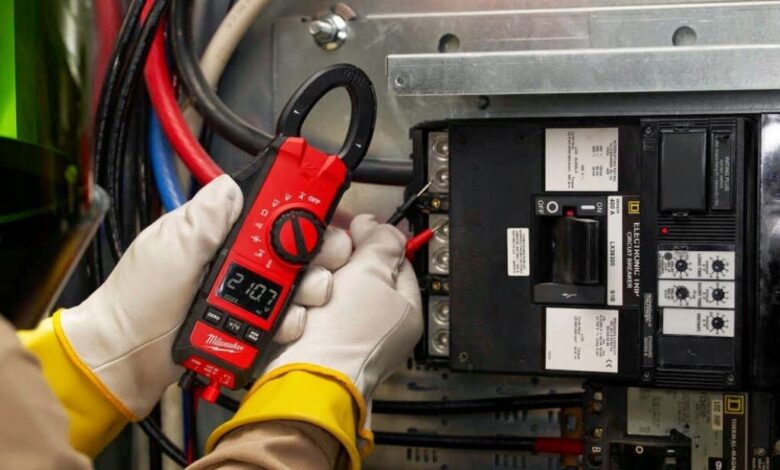Navigating Electrical Systems and Fault Codes: Understanding and Troubleshooting

Electrical systems are integral to a wide range of machinery and vehicles, powering everything from household appliances to industrial equipment and automobiles. As these systems have become more complex, the ability to diagnose issues quickly and accurately has become essential. Fault codes, generated by system monitoring technologies, play a crucial role in this process, providing insights into the functioning and failures of various electrical components. This article explores electrical systems, the significance of fault codes, and offers practical tips for effective troubleshooting and maintenance.
Understanding Electrical Systems and Fault Codes
An electrical system in any machine or vehicle consists of interconnected components that generate, distribute, and utilize electrical power. In modern systems, sensors and microprocessors monitor the operation of these components, from alternators in cars to circuit boards in industrial machinery. When a component operates outside its expected parameters, the system logs a fault code—a diagnostic code that identifies specific issues.
These codes are typically stored in the system’s electronic control unit (ECU), which acts as the brain of the electrical system, processing information sent by sensors throughout the machine. Accessing these codes generally requires a diagnostic tool that can interface with the ECU, providing technicians with the data needed to begin troubleshooting.
The Role of Fault Codes in Maintenance and Repair
Fault codes are essential for maintaining complex electrical systems efficiently. They provide a starting point for repairs by indicating which system or component may be malfunctioning. For instance, in an automobile, a fault code might indicate a problem with the emission control system, while in an industrial setting, the code could signal a failure in a high-voltage transformer circuit.
Common Electrical System Faults
Different systems have unique sets of fault codes, often standardized across similar types of equipment but varying significantly from one manufacturer to another. Common issues that might generate fault codes include:
Overloads:oo much current flowing through the system, potentially causing overheating or damage.
Short Circuits: When wires or components that should not be electrically connected become connected, causing excessive current flow.
Open Circuits: Breaks in the wiring or connections that stop the flow of current.
Ground Faults:Unintended grounding of electrical components, often resulting in circuit failure.
Understanding these common faults and recognizing their codes is crucial for timely and effective maintenance.
Tips for Dealing with Fault Codes
1. Use Reliable Diagnostic Tools:
Invest in high-quality diagnostic tools that can accurately read and interpret fault codes. This is particularly important as electrical systems become more sophisticated and the diagnostic tools need to keep pace with technological advancements.
2. Maintain a Comprehensive Fault Code Directory:
Keep a detailed directory of fault codes specific to the equipment you are working with. This directory should include possible causes and recommended solutions for each code, streamlining the troubleshooting process.
3. Regular Training and Updates:
Ensure that all personnel involved in maintenance are regularly trained on the latest electrical systems and diagnostic procedures. As new models and updates to systems occur, staying informed about changes in fault code definitions and troubleshooting techniques is crucial.
4. Follow a Systematic Troubleshooting Process:
When a fault code is detected, follow a structured process to diagnose and resolve the issue. This should include verifying the code, inspecting the implicated components, testing to confirm the diagnosis, and then proceeding with the repair or replacement of faulty parts.
5. Document Repairs and Outcomes:
Keep detailed records of all maintenance work, including the fault codes encountered, the diagnostics performed, the actions taken, and the outcomes. This documentation can help in future troubleshooting efforts and may also provide insights for preventive maintenance.
6. Consider Environmental Factors:
Sometimes, fault codes can be triggered by environmental factors such as temperature, humidity, or dust levels. Consider these factors when diagnosing problems, especially if no apparent issues are detected with the components themselves.
7. Reset Systems Post-Repair:
After repairing any faults, ensure the system is reset to clear old codes and reinitialize the system. This helps verify that the issue has been fully resolved and prevents old fault codes from causing confusion during future diagnostics.
Conclusion
Electrical systems are the lifelines of modern machinery and vehicles, and understanding how to manage and troubleshoot these systems is essential for maintaining their reliability and performance. Fault codes provide valuable insights into the health of these systems, acting as a guide for maintenance personnel. By investing in the right tools, staying informed, and following a systematic approach to troubleshooting, technicians can effectively address electrical issues, minimizing downtime and extending the lifespan of the equipment. As technology continues to evolve, the complexity of these systems will increase, making it all the more important to master the art of fault code diagnostics and electrical system maintenance.




